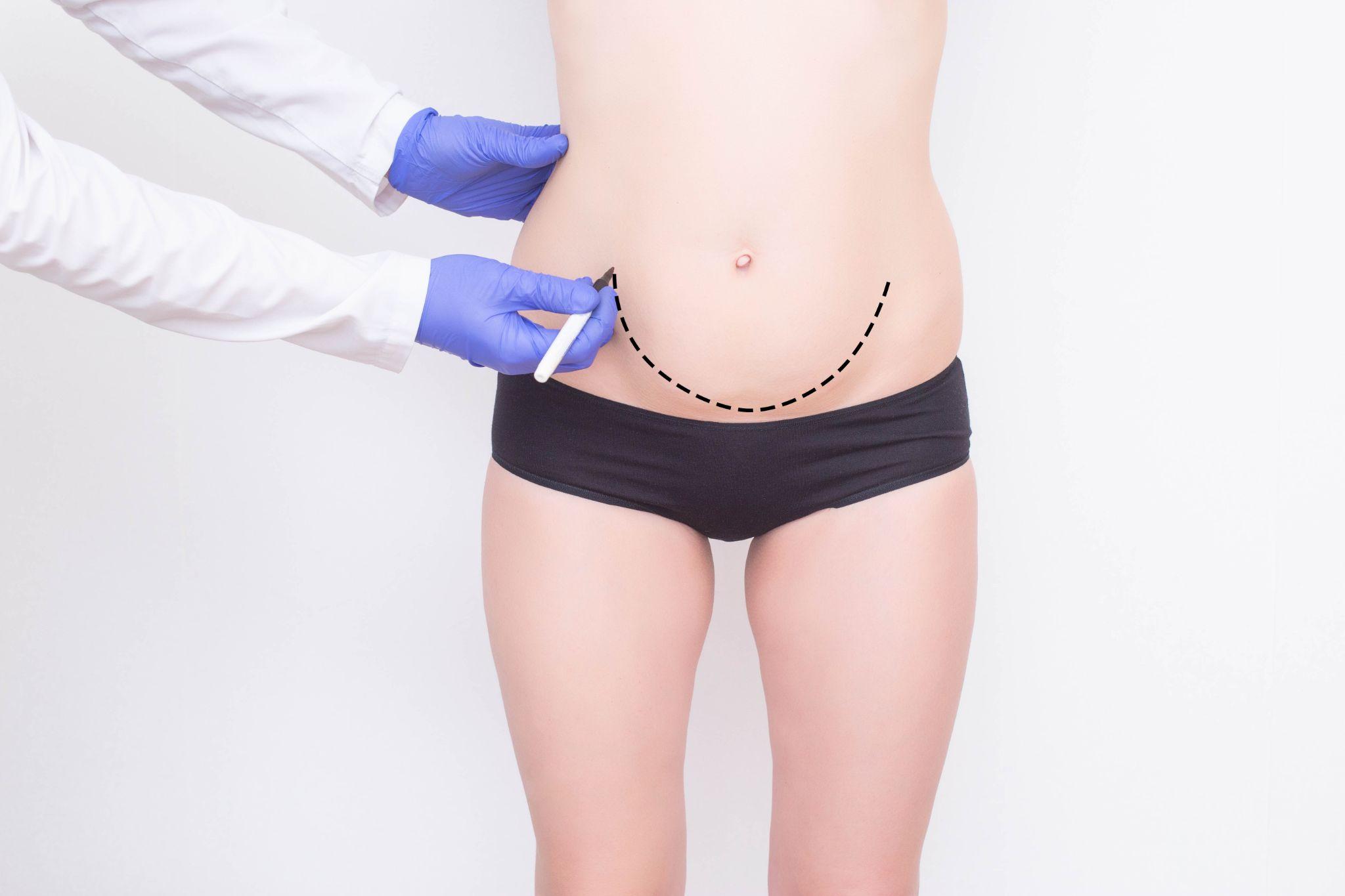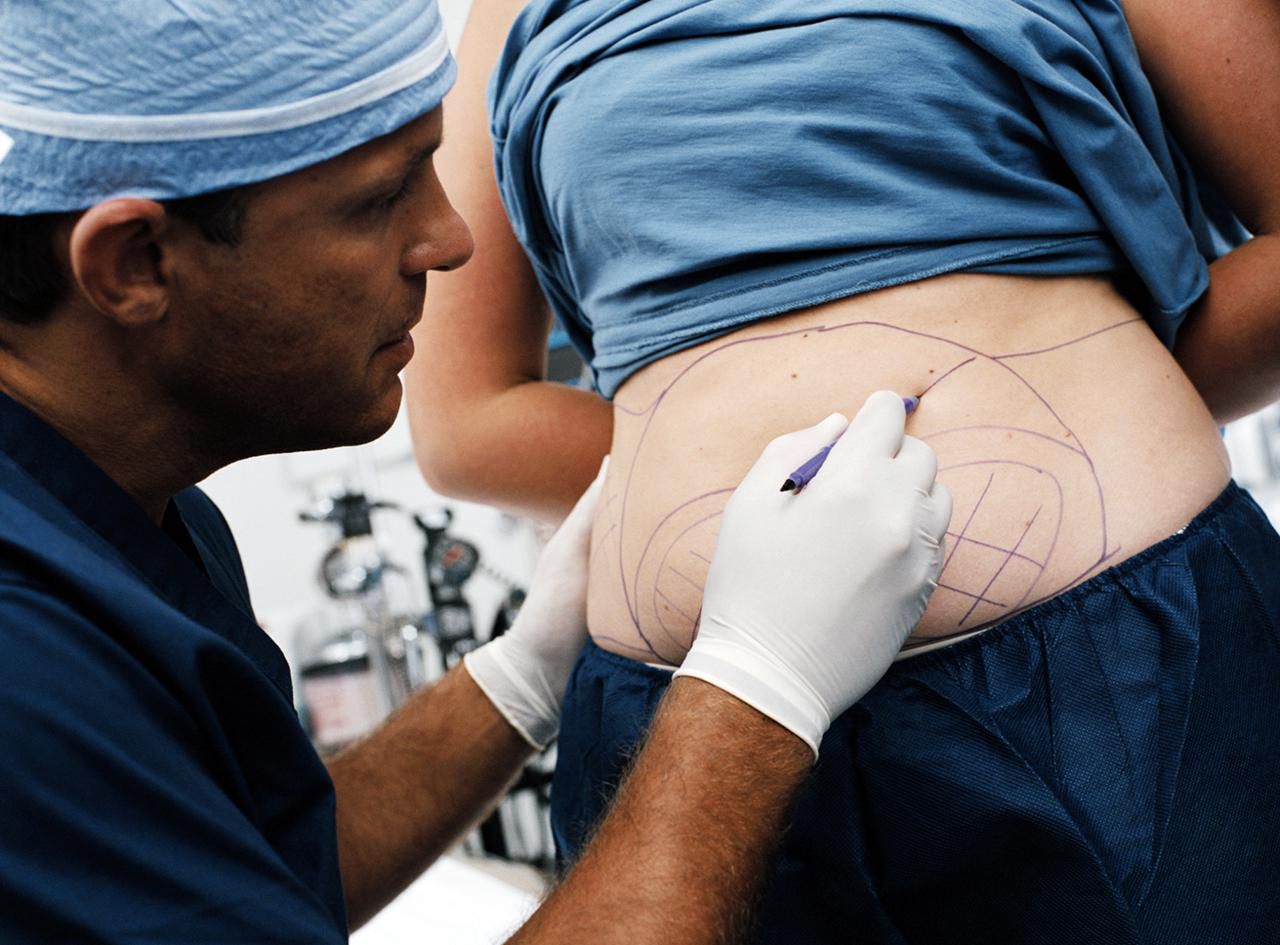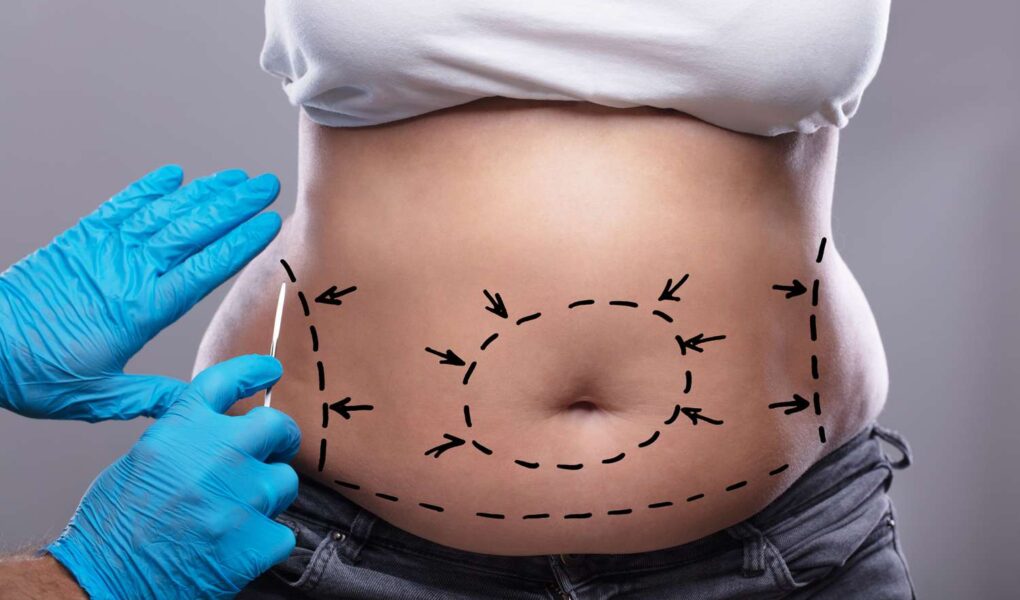Tummy tuck surgery is a cosmetic process that aims to achieve a flatter and more toned abdomen. This surgical intervention is effective for individuals who struggle with excess skin or stubborn fat in the abdominal area that cannot be resolved through diet and exercise alone.
Table of Contents
Understanding the Procedure
During a tummy tuck, an experienced surgeon extracts excess skin and fat from the abdomen while tightening the abdominal wall muscles. The expert then repositions the remaining skin to form a smoother appearance. General anesthesia is required during the process, and it may take two to five hours.
Who Can Benefit from Tummy Tuck Surgery?
This procedure is often sought after pregnancy or rapid weight loss. These situations often result in stretched or sagging abdominal tissues. It’s important to note that this procedure is not intended as a substitute for weight loss; instead, it addresses loose skin or weakened muscles that persist despite efforts at exercise and healthy eating.

Types of Tummy Tuck Procedures
There are several tummy tuck surgery options available today:
1. Full Abdominoplasty
This comprehensive approach involves a horizontal incision between the hip bones above the pubic area. It allows for extensive removal of excess tissue along with muscle repair.
2. Mini Abdominoplasty
Suitable for patients requiring less correction, this procedure involves smaller incisions primarily focused on removing excess skin below the navel.
3. Extended Abdominoplasty
If you need additional contouring beyond what traditional abdominoplasty offers, this procedure extends the incision to address excess skin on the sides and lower back.
4. Reverse Abdominoplasty
Unlike traditional tummy tucks, this technique involves an incision along the upper abdomen to remove excess skin in that area.
Recovery and Post-Operative Care
After undergoing a tummy tuck surgery, you can expect a recovery period of approximately two to four weeks before resuming normal activities. It’s crucial to follow the surgeon’s post-operative care instructions, which may include wearing compression garments, taking prescribed medications for pain management and preventing infection, and gradually reintroducing physical activity.
During the recovery phase, it’s crucial to have a support system in place as individuals may experience temporary discomfort or limited mobility. Following these guidelines will help ensure optimal healing and minimize any potential complications.

Risks and Considerations
This procedure has potential risks such as infection, scarring, and bleeding. However, selecting a board-certified plastic surgeon specializing in abdominoplasty procedures reduces such risks.
Prospective patients need to have realistic expectations regarding the surgery outcomes. While abdominoplasty can dramatically improve body contouring and self-confidence levels for most individuals seeking this intervention, each case is unique.
Tummy tuck surgery provides an effective solution for those struggling with excess abdominal skin or weakened muscles that cannot be resolved through diet and exercise alone. By understanding the different types of procedures available, post-operative care requirements, and potential risks involved, individuals can make informed decisions about pursuing abdominoplasty.
Frequently Asked Questions
Does a Tummy Tuck Help With Weight Loss?
A tummy tuck is not primarily designed as a weight loss procedure but rather excessive fat and skin removal from the abdomen while tightening the muscles. While some weight may be lost during surgery due to tissue removal, you should maintain a healthy diet and regular exercise routine for sustainable weight management.
Is Pregnancy Safe After a Tummy Tuck?
Yes, you can still get pregnant after having a tummy tuck; however, it’s recommended that you wait until after completing your family before undergoing this procedure since pregnancy can potentially affect the surgery results.
How Durable Are the Results?
The results of a well-performed abdominoplasty are considered permanent; however, maintaining those results requires proper diet and exercise habits and maintaining a stable body weight over time.
Does Insurance Cover Tummy Tuck Costs?
If the tummy tuck procedure is performed only for cosmetic reasons, the insurance company considers it an elective procedure and doesn’t cover it. However, if medical issues such as hernias or abdominal muscle separation are present that require repair during the surgery, then insurance coverage might apply.
How Do I Choose the Right Plastic Surgeon?
Selecting an experienced board-certified plastic surgeon specializing in body contouring procedures like tummy tucks is crucial. Research their credentials, reviews, before and after photos of previous patients, and schedule a consultation to ensure you trust the surgeon’s skills and expertise.
What Should I Expect After a Tummy Tuck?
After surgery, you need at least two weeks off work to limit physical activity and stay bent at the waistline. When the period ends, you can stand upright and return to work. You’ll also require a drainage tube for one week and a compression garment for six weeks.
What Kind of Scars Are Left?
Mini tummy tuck scars are approximately six to eight inches long. The scars are below the abdomen and can be covered easily. A fleur de lis tummy tuck leaves a similar scar, with the addition of a vertical one.




